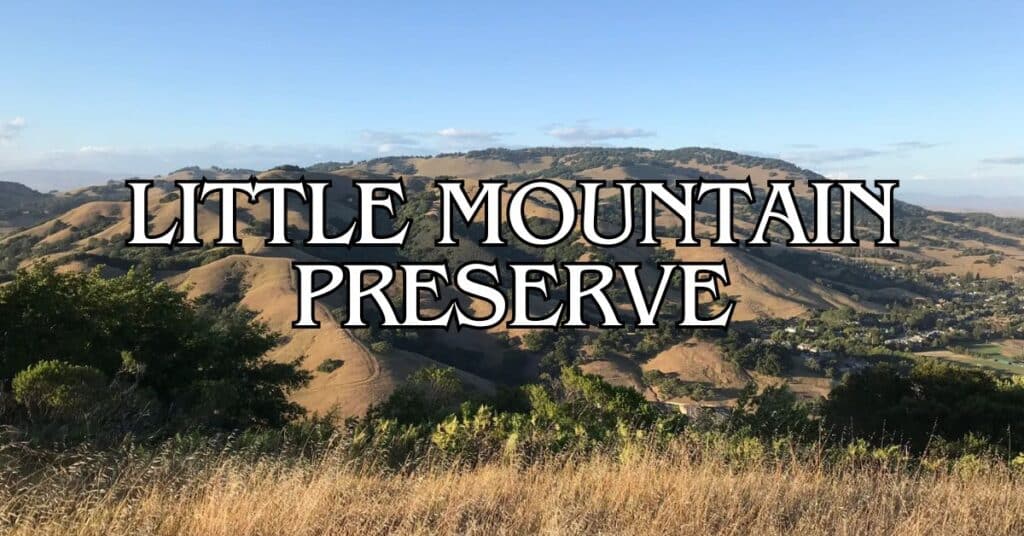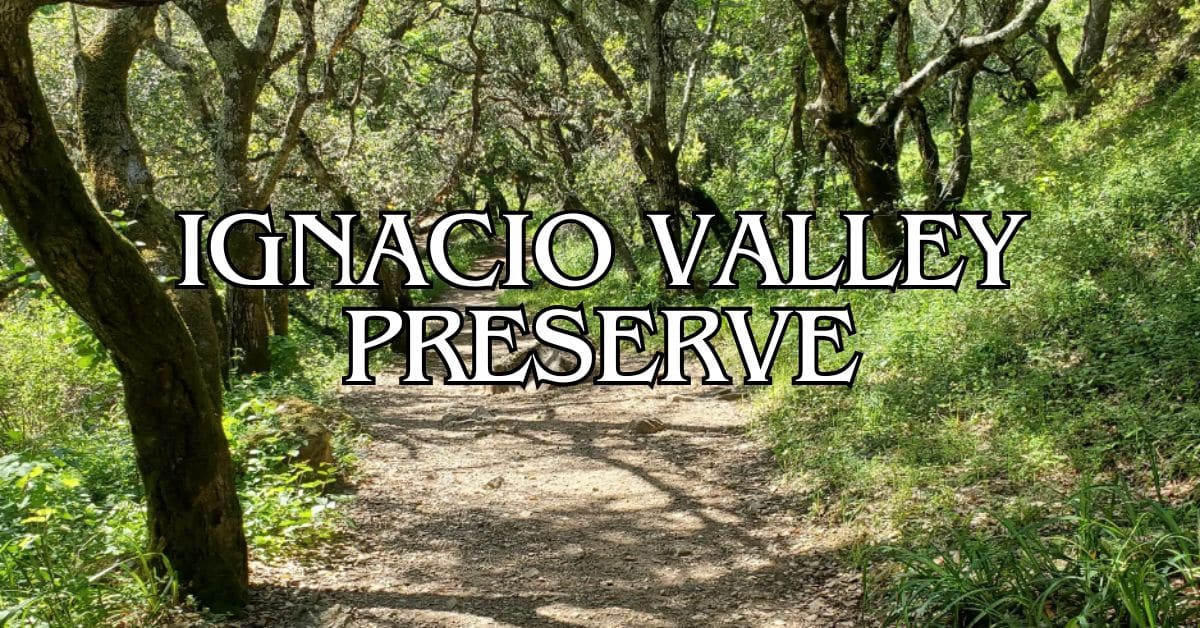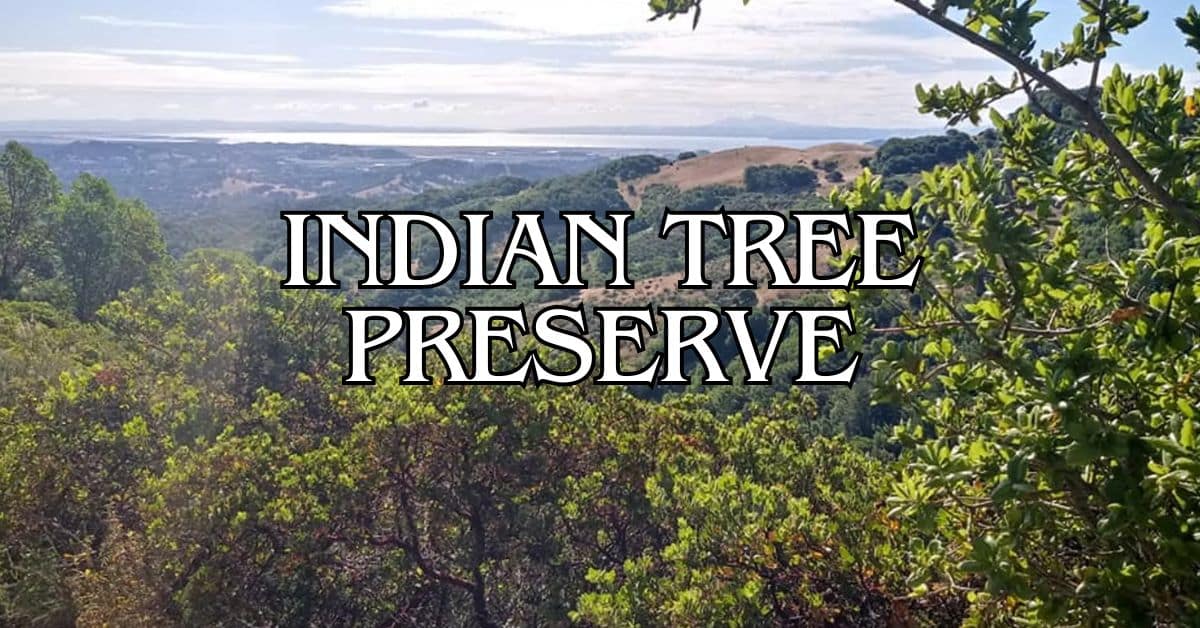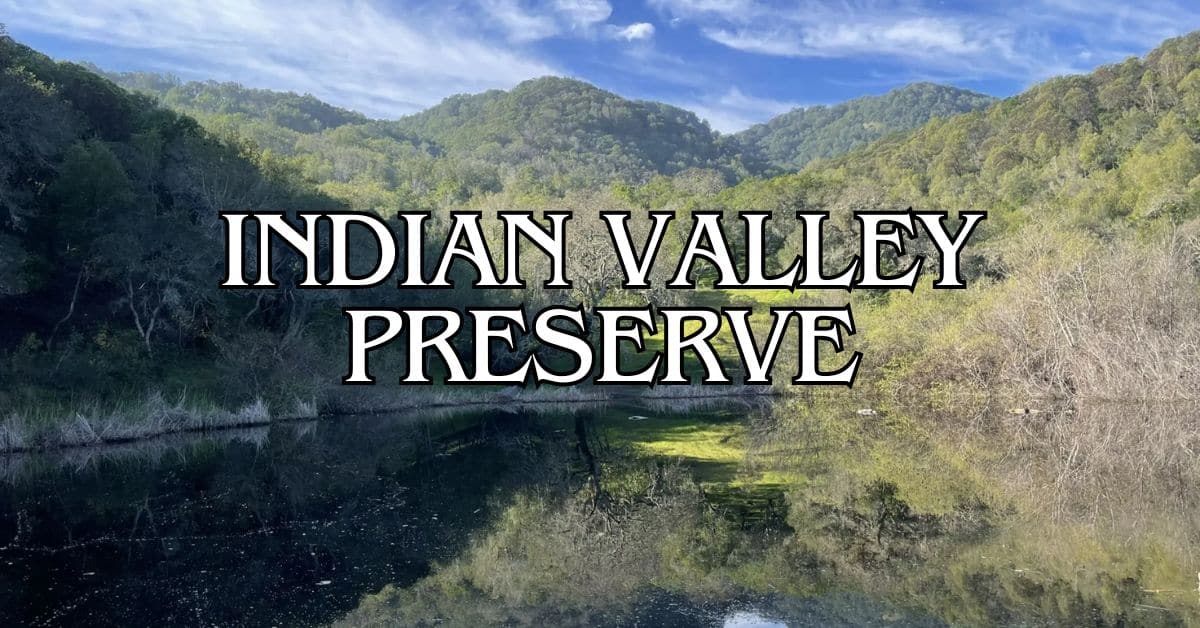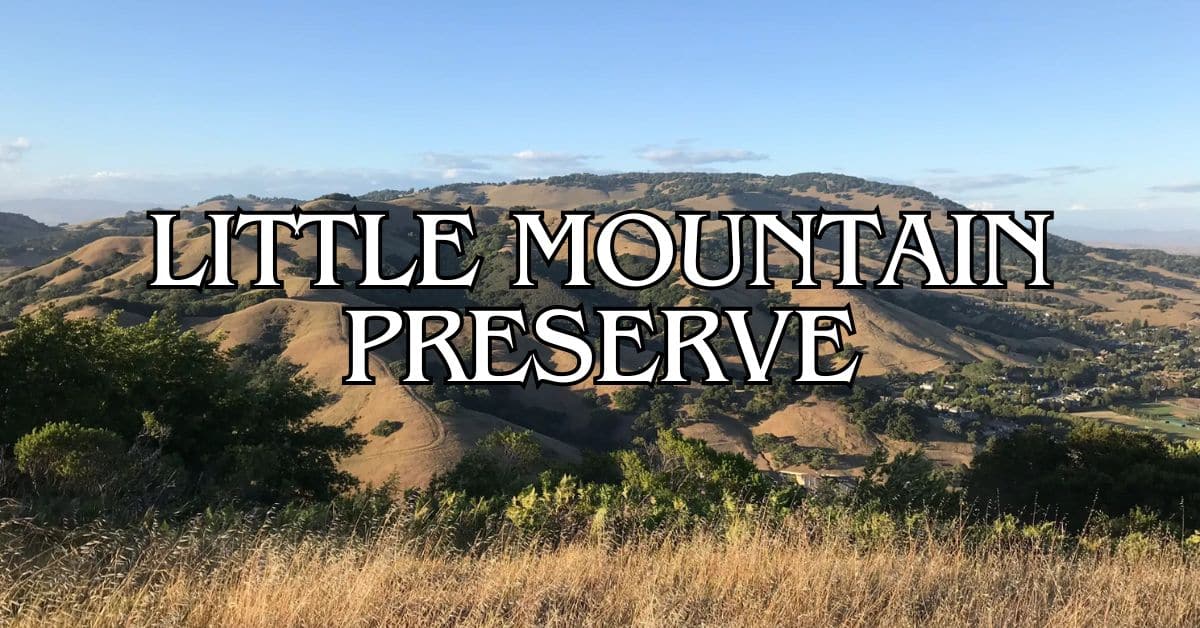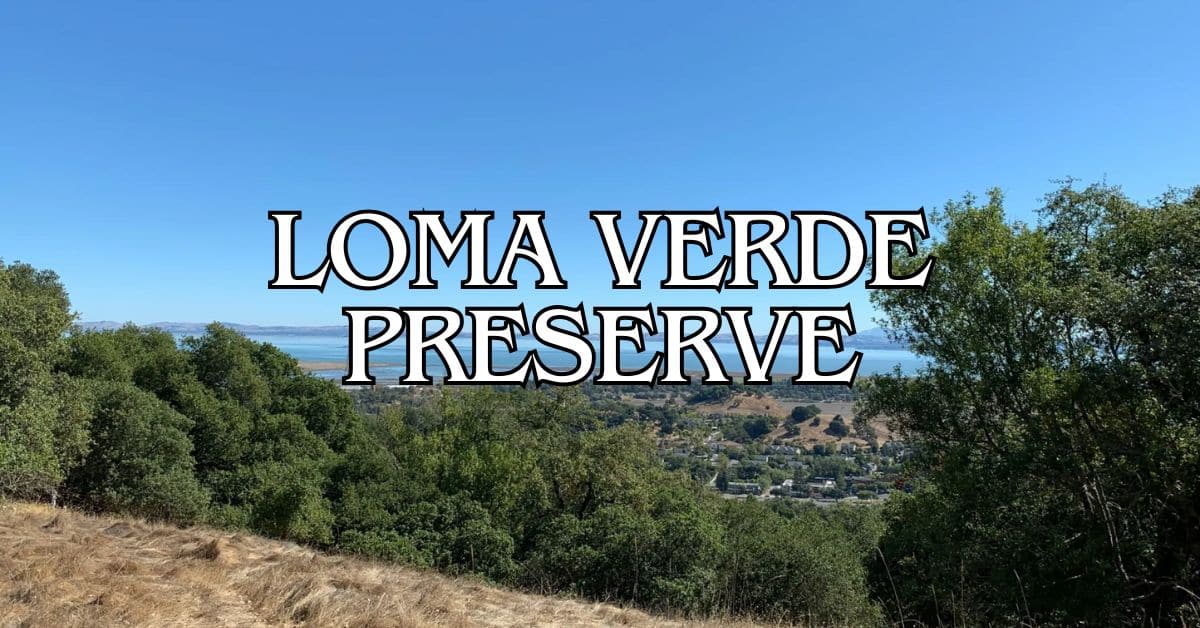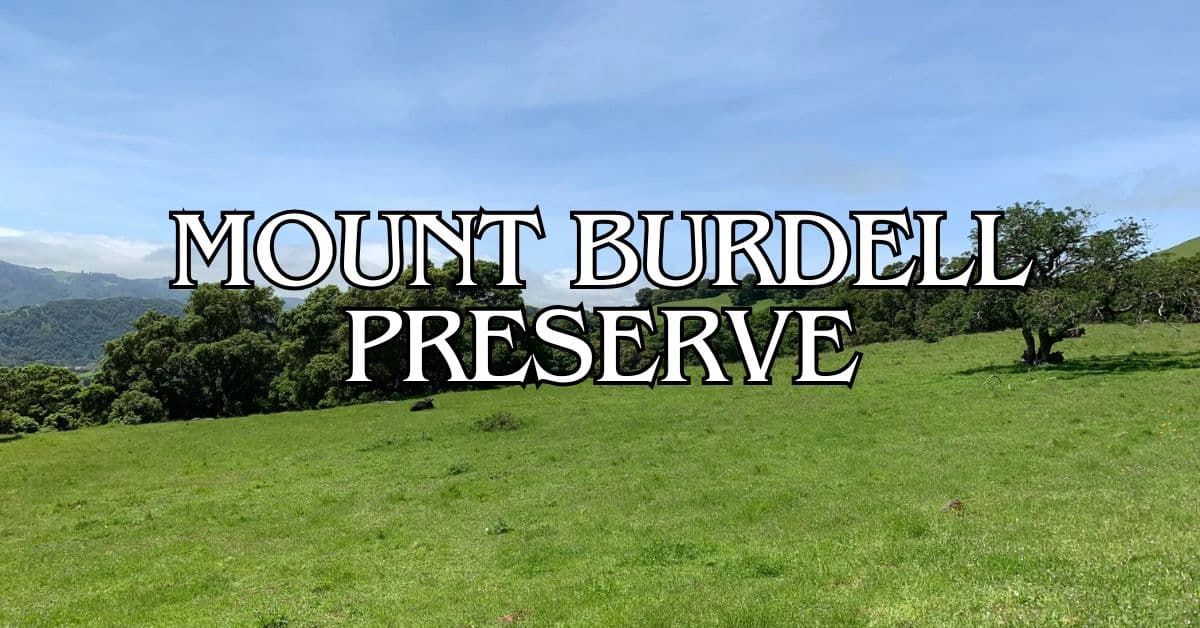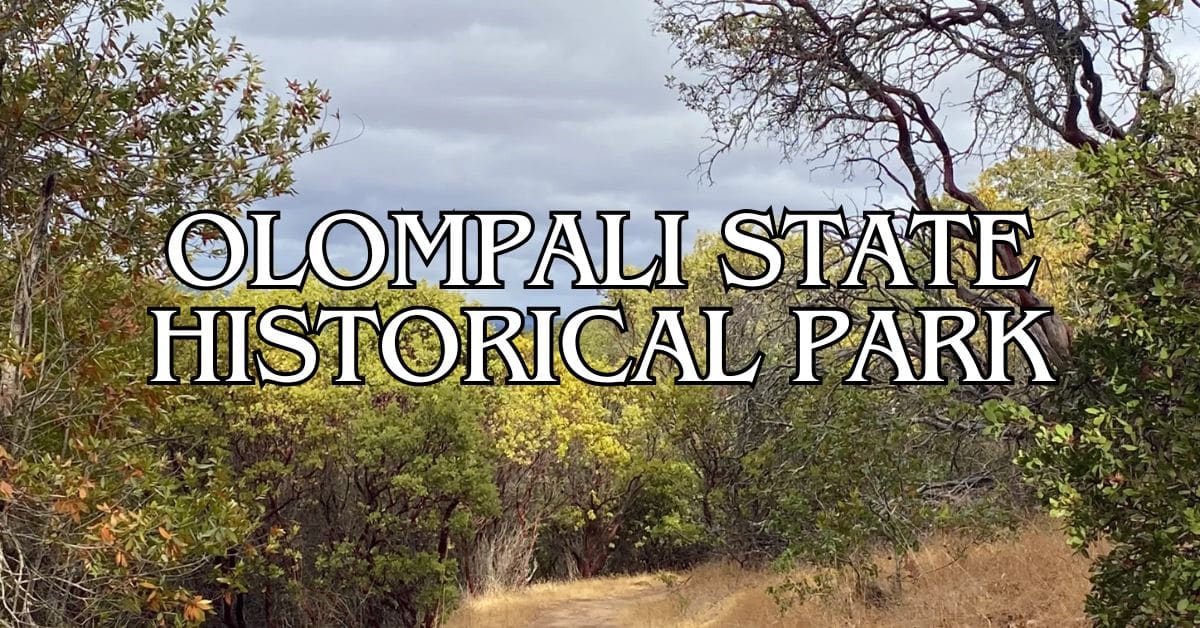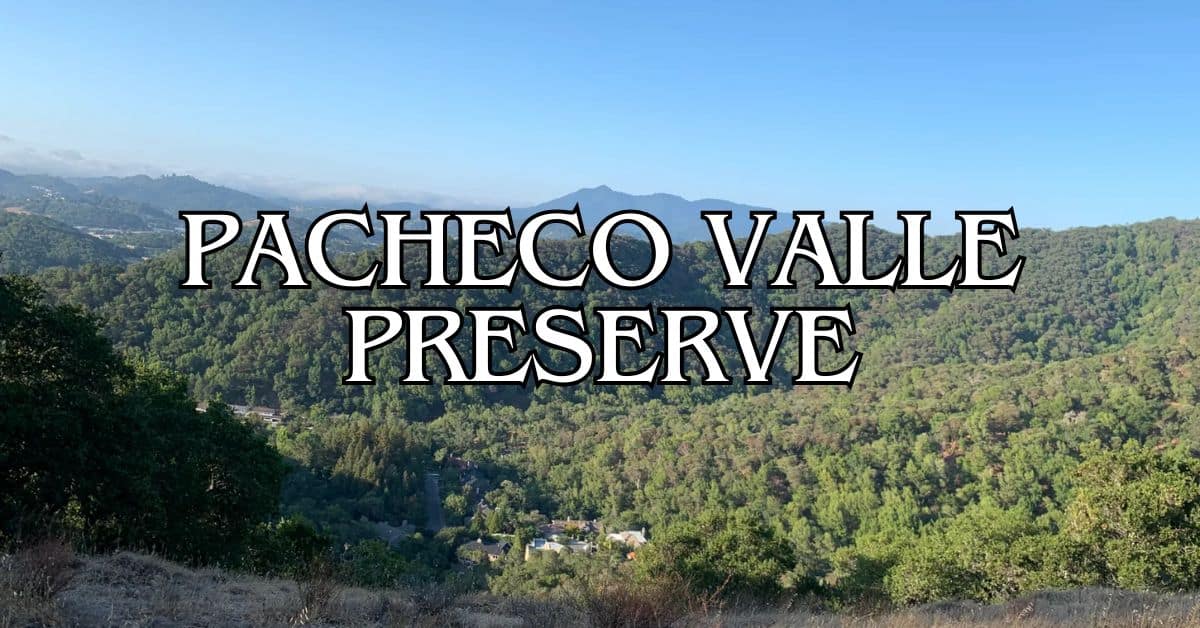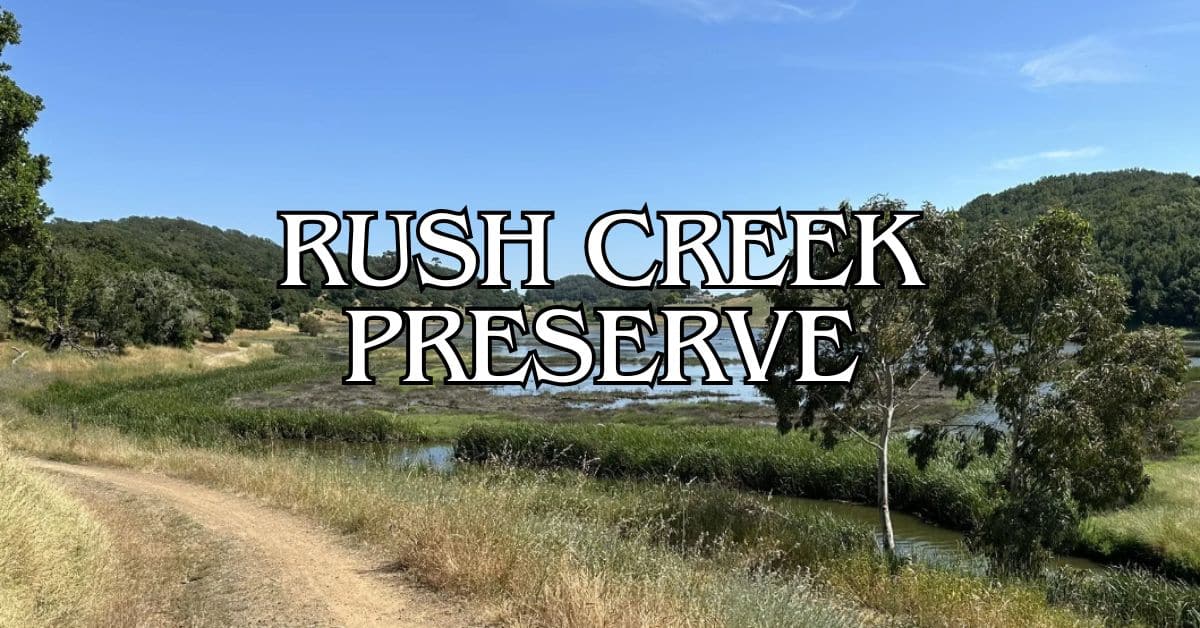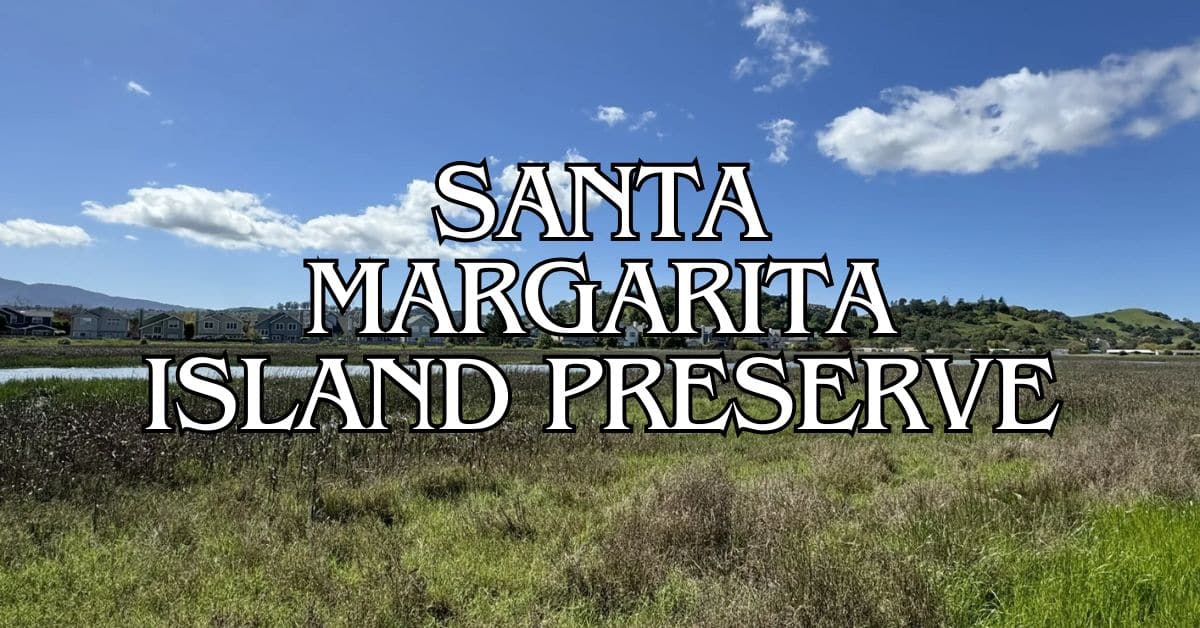Tucked away in Marin County, Little Mountain Preserve is a low-key escape for hikers at just about any skill level. This hidden gem offers an easy 1.5-mile round-trip trail with about 700 feet of elevation gain, so it’s doable for families and folks who just want a casual walk. From the summit, you’ll get some pretty great views of Burdell Mountain to the north and San Pablo Bay stretching out ahead.
The preserve links up with Verissimo Hills Open Space, forming a network of trails that wind through different landscapes. You’ll start off under shady trees, then pop out into open grasslands and stands of valley oaks. The scenery keeps changing—never boring, never too tough.
Discover hand-picked hotels and vacation homes tailored for every traveler. Skip booking fees and secure your dream stay today with real-time availability!
Browse Accommodations Now
Dogs can tag along, but they need to stay leashed. For the most pleasant hike, try to visit between January and November when the trails are in good shape. It’s a quick nature fix, honestly—not an all-day slog. Great if you just want a taste of Marin’s outdoors without committing to something epic.
Overview of Little Mountain Preserve
Little Mountain Preserve covers 214 acres in Novato, up in northern Marin County. This spot is low-key and mostly flat except for one short climb, so most people can handle it. The views stretch across the Bay Area, which honestly feels like a reward for such a mellow hike.
History and Significance
Marin County set aside Little Mountain Preserve to protect some wild space. It’s northwest of Novato and, while not huge, it still matters ecologically.
Deer and foxes wander the hills here, making it feel wild compared to more manicured local parks. You get a sense of what this part of Marin looked like before all the houses and roads showed up.
It’s also part of a bigger patchwork of open space—connecting with Verissimo Hills and helping wildlife and plants stick around in a region that’s constantly changing.
Location and How to Get There
You’ll find Little Mountain Preserve in northwest Novato, about 30 miles north of San Francisco. Locals call the area “the bowl of Novato,” and it’s pretty easy to spot from around town.
If you’re driving, hop off Highway 101 at the Novato exit and follow signs toward the west side neighborhoods. There are a couple of trailheads with small parking lots at the main entrances.
Public transit isn’t really an option, so driving’s your best bet. From San Francisco or Tiburon, figure on 30 to 45 minutes, traffic depending. It’s usually quieter than other Marin parks, so you might even get the place to yourself.
Preserve Highlights
Trails and Terrain: Most trails here are flat, with one gentle climb via switchbacks. Families and beginners should have no trouble. At the top, you can see most of Novato.
Wildlife and Flora: Spring and summer bring out wildflowers—lupine is a standout. You might spot deer or, if you’re lucky, a fox. Butterflies like the western tiger swallowtail show up in the warmer months.
Scenic Views: The summit gives you panoramic sights across Novato and the Bay Area. On a clear day, you might just catch a glimpse of San Francisco.
Connecting Trails: Want more of a challenge? The trails connect with Verissimo Hills, so you can extend your hike and see even more of northern Marin’s natural side.
Top Trails and Scenic Routes
Little Mountain Preserve has a handful of hiking options, from easy strolls to more ambitious loops. The views of Marin County are worth the effort, no matter which path you take.
Phyllis Ellman Trail
The Phyllis Ellman Trail is the main route through the preserve. It’s about 2 miles, moderately tough, and the elevation changes are pretty gentle—manageable for most folks.
Along the way, you’ll pass through oak woodlands and, in spring, a bunch of wildflowers. Trail markers make it easy to stay on course.
If you want to catch wildlife and beat the heat, hit the trail early. Don’t forget water and sturdy shoes—some bits get rocky.
Loop Trail Options
You’ve got choices if you like loops. The most popular is the Phyllis Ellman Trail combined with the Doe Hill Fire Road, which makes a satisfying 3-mile circuit.
Expect some variety in terrain and views. At a moderate pace, it’ll take about 1.5 to 2 hours. The Doe Hill Fire Road is also part of the Bay Area Ridge Trail system.
Pressed for time? There’s a shorter 1.5-mile loop using a connector trail midway through Phyllis Ellman. It’s a quick way to see the best bits.
Views and Scenic Overlooks
The preserve has some memorable overlooks. From the highest points, you can see Mount Tamalpais to the south and Olompali State Park to the north.
A few spots to check out:
- North Ridge Viewpoint: Sweeping views of Novato and northern Marin
- Summit Rest Area: Full 360-degree panorama if the weather’s clear
- Valley Overlook: The late afternoon light here is something else
Fog in the morning can make things look downright dramatic as it burns off. And if you’re into sunsets, the golden hour here is hard to beat.
Find the perfect hotel or vacation rental. Instant booking, no fees!
View Top Stays
Bring binoculars if you want to spot birds or keep an eye out for wildlife.
Hiking Experiences at Little Mountain Preserve
Little Mountain Preserve has trails for just about everyone, with Bay Area views that make you pause. The paths range from easy to moderate, so you don’t have to be a hardcore hiker to enjoy it.
Difficulty Levels and Accessibility
Most trails are pretty flat, with gentle switchbacks to help with the climbs. Beginners can stick to the lower parts for an easy stroll. If you want more of a workout, head for the summit via Doe Hill Fire Road.
The trails are usually in good shape, but watch for narrow stretches with poison oak. Wear long sleeves and stay on the trail to avoid it.
Recommended Routes for All Skill Levels
The main out-and-back trail is about 2.4 miles and takes around 90 minutes for most people. It’s moderately challenging and rewards you with wide-open views.
If you’re up for a longer trek, connect with the Bay Area Ridge Trail for an 8-mile hike that links up with Mt. Burdell and Verissimo Hills.
Families might prefer the short loop near Turtle Rock—a cool rock formation that kids seem to love. It’s flat and still gives you a taste of the preserve’s best scenery.
Morning or late afternoon hikes are ideal for photos and avoiding the midday heat.
Flora, Fauna, and Natural Features
Little Mountain Preserve is a patchwork of wildflowers, critters, and some cool rocks. The mix of seasonal wildflowers, wildlife, and geological formations makes this spot surprisingly interesting.
Wildflowers and Botanical Highlights
Spring turns the preserve into a wildflower show—lupine is the star, covering hillsides in purple-blue from March to May. Timing matters if you want to catch the best blooms.
You’ll also see California poppies, shooting stars, and buttercups. The preserve’s different slopes and sun exposures mean you’ll find new flowers popping up as the season rolls on.
For a good flower walk, try the south-facing slopes early in spring, then check out the shadier north sides later as things heat up. If you’re a plant nerd, you’ll notice some overlap with what grows on Ring Mountain.
Wildlife Watching Opportunities
Deer are regulars here, usually nibbling at the edges of the trails in the early morning or evening. Red foxes live in the area too, though they’re shy and rarely seen.
Birders, bring your binoculars. You might spot red-tailed hawks or turkey vultures soaring overhead, especially on sunny days when the thermals are strong.
Western tiger swallowtail butterflies add a flash of yellow in summer, especially in sunny open spots.
It’s quieter than most Marin parks, so if you move quietly and show up early, you’ve got a good shot at seeing wildlife. Encounters here feel special.
Geology and Turtle Rock
The preserve’s rocks are worth a look—especially Turtle Rock, which really does look like a turtle from certain angles.
Turtle Rock is a chunk of serpentine, a mineral-rich rock that makes life tough for most plants. But the ones that do grow here are adapted to it, so you’ll spot some unusual species.
From up near Turtle Rock, the views stretch out over San Pablo Bay and toward Mount Burdell. That 700-foot climb pays off when you’re soaking in the scenery.
If you’re into geology, you’ll notice signs of the tectonic shifts that shaped the Bay Area. The rocks tell stories that go back millions of years.
Outdoor Recreation Opportunities
Little Mountain Preserve isn’t just for hikers. The varied landscape makes it a fun spot for biking—and if you’re adventurous, there’s even rock climbing to try.
Biking Routes and Tips
Bikers get a decent mix of trails here, winding through woods and open hills. Most are 1-3 miles, so intermediate riders will have the most fun.
Try the North Loop for the best views—it’s about 2.5 miles with some climbing, but you’ll be glad you did it.
Beginners can stick to the Lower Meadow trail, a gentle 1-mile ride with barely any obstacles. It’s relaxed and family-friendly.
A few quick tips:
Luxury stays to cozy cottages await, all with instant booking. Find the best deals!
Browse Marin Stays
- Go on weekdays if you want the place mostly to yourself
- Bring more water than you think you’ll need, especially in summer
- Check for muddy spots after rain—some sections get slick
- Helmets are a must for everyone
Rock Climbing Sites
Little Mountain Preserve has a handful of natural rock formations that draw climbers from all backgrounds. The main spot, Eagle Crag, offers routes rated from 5.6 up to 5.11—plenty to challenge yourself, whether you’re just starting out or have been at it for years.
If you’re new, Nursery Wall is probably your best bet. The climbs are shorter, and the holds are friendly—good for building confidence. For those who want something tougher, the Western Face ramps up the difficulty with steeper, more technical climbs.
Here are some favorite spots:
- Eagle Crag (intermediate to advanced)
- Nursery Wall (beginner-friendly)
- Western Face (advanced)
- Boulder Field (bouldering options)
Don’t expect gear rentals here—bring everything you need. Spring and fall usually bring the best conditions: not too hot, not too cold, and the rock stays dry.
Visitor Information and Planning Tips
Little Mountain Preserve is open all year, but a little planning goes a long way. You’ll want to know when to go and what to expect since the amenities are pretty minimal.
Best Times to Visit
Spring (March-May) is probably the sweet spot—wildflowers everywhere, and it’s usually in the 60s or low 70s. By late March, the trails have mostly dried out from winter rains.
Fall (September-November) brings clear skies and comfortable temps, great for longer hikes and those wide-open Marin County views. If you can swing a weekday morning before 10am, you’ll have the place mostly to yourself.
Winter hikes have their own charm—lush green hillsides and fewer people out, but the trails can get muddy. Sometimes MCOSD closes especially wet trails to help prevent erosion.
Summer? It gets hot, especially on the exposed ridges. If you’re set on a summer hike, start early (before 9am) and pack lots of water.
Facilities and Accessibility
Facilities are pretty bare-bones. There’s limited parking at the trailheads, but no bathrooms or water fountains. Bring your own water and plan ahead for bathroom stops.
Trail conditions vary:
- Little Mountain Trail: Moderately tough, with a few steep bits
- Connector trails: Generally easier, though some sections get a bit narrow
Dogs are welcome, but keep them leashed. And since there aren’t any waste bins, you’ll need to pack out whatever your pup leaves behind.
Cell service is hit or miss, so it’s smart to download trail maps from the Marin County Parks website before you go. Wheelchair access isn’t really an option—lots of uneven ground and no paved paths.
Picnic areas are pretty much wherever you find a nice spot along the trail. No tables or shelters, so bring a blanket if you want to stop and snack.
Nearby Communities and Points of Interest
Little Mountain Preserve sits close to several Marin County neighborhoods and open spaces. If you feel like exploring more, it’s easy to branch out into nearby towns, scenic drives, or connecting trail systems.
Tiburon and Corte Madera
Tiburon is just a short drive away, with its waterfront restaurants and killer Bay views. The main drag, Ark Row, is full of quirky shops—many set up in old houseboats, which is pretty cool.
Corte Madera sits to the west and is a handy spot for stocking up or grabbing a bite. You’ll find:
- Town Center: Outdoor mall with plenty of food and shopping
- Book Passage: A beloved indie bookstore that hosts author events
- Corte Madera Town Park: Green space with picnic spots
Both towns have cozy cafes that are perfect for a post-hike coffee or snack. Corte Madera is especially convenient if you want to explore more of Marin.
Paradise Drive and Taylor Road Access
Paradise Drive snakes around the Tiburon Peninsula, offering some of the best bay views and a few different trailheads for Little Mountain.
Taylor Road meets Paradise Drive and serves as a key entrance for the eastern trails. Parking is pretty limited—just some roadside spots. At the Taylor Road trailhead, you’ll find:
- A small info kiosk with trail maps
- Direct access to Doe Hill Fire Road
- Links to the Bay Area Ridge Trail
From Paradise Drive, you can also reach Tiburon Uplands Nature Preserve and Old St. Hilary’s Open Space, so you can piece together a longer adventure if you’re feeling ambitious.
Connections to Ring Mountain
Ring Mountain Open Space Preserve links up with Little Mountain via connector trails. This 367-acre area is known for rare plants and sweeping Bay views.
Where the preserves meet, you’ll find:
- A mix of woodland and grassland habitats
- Several trail options, some easy, some a bit more demanding
- Archaeological sites from the Coast Miwok era
You can actually hike the whole 8-mile Bay Area Ridge Trail segment that ties these preserves together. In spring, wildflowers go wild—especially the rare Tiburon mariposa lily, which you literally won’t find anywhere else.
Both preserves share that unique serpentine soil, which makes for some unusual plant life. The trails here are part of a broader ecological corridor, helping protect Marin’s biodiversity.
Conservation and Stewardship
Preserving Little Mountain’s wild feel isn’t just up to the county. Visitors have a big role to play, too—being thoughtful about how you hike, where you step, and what you bring in or out really matters.
MCOSD Management and Efforts
The Marin County Open Space District (MCOSD) manages Little Mountain with a focus on keeping its habitats healthy. They work to protect local wildlife like deer and foxes that roam the area.
MCOSD staff run habitat restoration projects, especially in spring when native wildflowers like lupine are blooming. They keep tabs on wildlife populations and check up on the ecosystem with regular studies.
Invasive plants are a constant battle—MCOSD crews pull out non-native species to help native ones thrive. It’s a lot of work, but keeping that balance is what makes Little Mountain so special.
Visitor Guidelines and Preservation
When you head out to Little Mountain Preserve, try to stick to the Leave No Trace basics. Bring your trash home, stay on the marked trails, and let the wildflowers and critters do their thing undisturbed.
Key visitor guidelines:
- Keep pets leashed—there are ground-nesting birds and little mammals that need some peace
- Respect any trail closures, especially after rain or when things get muddy
- Leave plants, rocks, and other natural bits where you found them
- Watch wildlife from afar; feeding or getting too close just stresses them out
In spring and summer, wildflowers and butterflies really show off. You might spot western tiger swallowtails flitting around when it’s warm. They’re a treat, but try not to trample their hangouts.
If you can swing it, try visiting on a weekday or early in the morning. Fewer people means less wear on the trails and a quieter, more relaxing walk.
Find available hotels and vacation homes instantly. No fees, best rates guaranteed!
Check Availability Now
Black Point Boat Launch Travel Guide – Accessibility, Amenities, Activities, and More!
Deer Island Preserve Travel Guide – Accessibility, Amenities, Activities, and More!
Ignacio Valley Preserve Travel Guide – Accessibility, Amenities, Activities, and More!
Indian Tree Preserve Travel Guide – Accessibility, Amenities, Activities, and More!
Indian Valley Preserve Travel Guide – Accessibility, Amenities, Activities, and More!
Little Mountain Preserve Travel Guide – Accessibility, Amenities, Activities, and More!
Loma Verde Preserve Travel Guide – Accessibility, Amenities, Activities, and More!
Mount Burdell Preserve Travel Guide – Accessibility, Amenities, Activities, and More!
Olompali State Historic Park Travel Guide – Accessibility, Amenities, Activities, and More!
Pacheco Valley Preserve Travel Guide – Accessibility, Amenities, Activities, and More!
Rush Creek Preserve Travel Guide – Accessibility, Amenities, Activities, and More!
Santa Margarita Island Preserve Travel Guide – Accessibility, Amenities, Activities, and More!
Stafford Lake Park Travel Guide – Accessibility, Amenities, Activities, and More!
Verissimo Hills Preserve Travel Guide – Accessibility, Amenities, Activities, and More!


